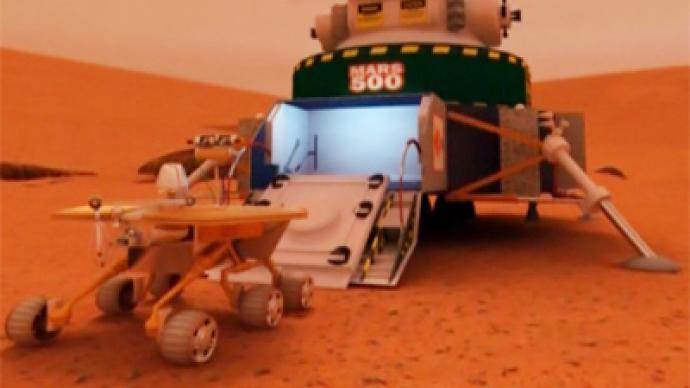Russian astronauts to “land” on Mars

The longest spaceflight simulation in history – a 500-day mission to Mars is reaching its destination, as the astronauts prepare to land on the Red Planet later on Saturday.
The crew of three volunteers is scheduled to leave their spaceship, where they have been locked since June, for the first “space walk” on the Martian surface. Fake as it may seem, the ongoing experiment is more than virtual, as it helps prepare future astronauts for a real trip to Mars.The program’s emphasis on realism means that the simulated spacewalk is going to be monitored from Russia’s real-life mission control center.Three of the six-strong crew are going to take part in the “Mars walk” and they will be collecting samples and carrying out experiments. The crew, the spaceship and the planet’s surface are all part of a simulated experiment – one that comes complete with mock emergencies, scientific experiments, space food, and no natural light.Its purpose is to learn more about the physical and psychological demands of long distance space travel.The head of the project has told RT it is a “no girls” team – perhaps to avoid any awkward tensions – and the experience itself is a tough challenge to deal with the monotony.Aleksandr Suvorov heads a laboratory at the Institute of Medical and Biological Problems, and currently he is responsible for Mars 500 experiment.“Thanks to this program of drills, the men are in good condition and we hope that in spacesuits they’ll be able to walk on the simulated planet’s surface,” Aleksandr Suvorov says.The crew, all of whom volunteered for the grueling mission, are being paid, but the experiment still has a while till completion.It will not be until November, 640 days after the experiment began, that the men get to touch down back on Earth.And whilst it gives a unique insight into long term space travel techniques, it will be a long while before the real thing ever happens.Until then, the simulation is as close as it gets to witnessing a real mission to Mars.












